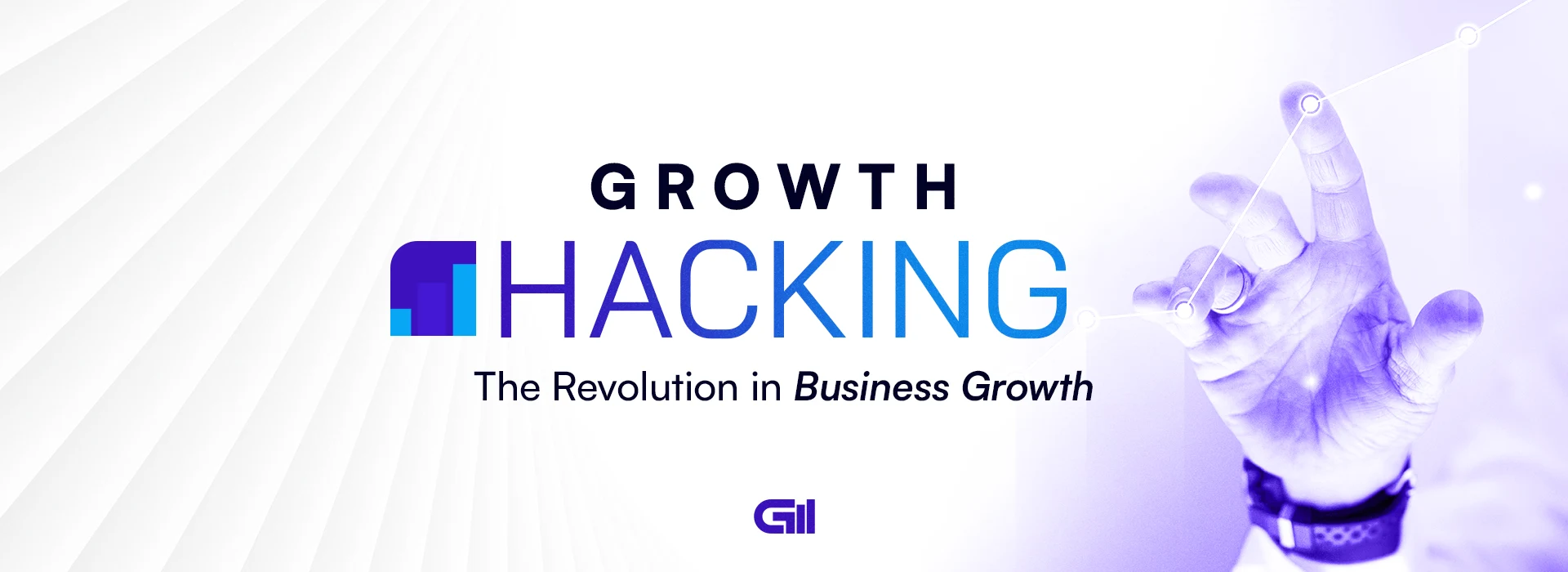The history of Spotify is a fascinating narrative of technological innovation and transformation of the music industry. Since its founding, Spotify has not only changed how we consume music but also influenced the entire business model of the industry. This article explores Spotify’s journey from its creation to becoming a global leader in music streaming.
Founders and Beginnings
Spotify was founded in 2006 by Daniel Ek and Martin Lorentzon in Stockholm, Sweden. The idea emerged as a response to the growing problem of music piracy and the need for a legal and convenient platform for listening to music online. With the aim of creating an alternative to illegal downloads, Spotify focused on offering a superior user experience and a vast licensed music catalog.
Initial Development and Launch
After two years of development and complex negotiations with major music labels, Spotify was officially launched in October 2008. Initially available only in Sweden, France, the UK, Spain, Finland, and Norway, access was by invitation only, which helped create a sense of exclusivity and anticipation.
Growth and Global Expansion
Freemium Model
One of the pillars of Spotify’s growth was the introduction of a freemium business model, offering an ad-supported free version and a paid premium version. This strategy not only attracted millions of users but also converted many of them into paying subscribers, ensuring a continuous revenue stream for the company.
International Expansion
Spotify’s global growth was strategic and meticulous. The company focused on expanding into new markets, securing the necessary licensing rights to operate legally in each region. In 2011, Spotify launched in the United States, marking a crucial moment in its global expansion.
Innovation and Differentiation
Personalization and Playlists
Spotify quickly stood out for its personalization capabilities. Features like “Discover Weekly” and “Release Radar” use advanced algorithms to offer personalized music recommendations, increasing user engagement.
Integration with Social Media
Another strategy was Spotify’s integration with social media platforms like Facebook. This allowed users to easily share their music and playlists, increasing visibility and attracting new users through digital word-of-mouth marketing.
Challenges and Evolution
Competition and Sustainability
As the music streaming market grew, Spotify faced strong competition from other platforms like Apple Music and Amazon Music. To differentiate itself, the company continued to invest in exclusives such as original podcasts and partnerships with major artists.
IPO and Continued Growth
In April 2018, Spotify held its initial public offering (IPO) on the New York Stock Exchange. This move not only consolidated its market leadership but also provided capital for further innovations and expansions.
Impact on the Music Industry
Spotify’s impact on the music industry is vast. By shifting the focus of music consumption from ownership to access, Spotify revolutionized the business model of labels and artists. Today, streaming is the main revenue source for the industry, with Spotify leading this transformation.
The history of Spotify is a testament to how technology can transform entire industries. From its humble beginnings in Sweden to becoming a global giant, Spotify continues to lead the way in music innovation and redefine what it means to listen to music in the 21st century.
This article on Spotify’s growth and strategies provides valuable insights for anyone interested in technology, music, and innovation.










